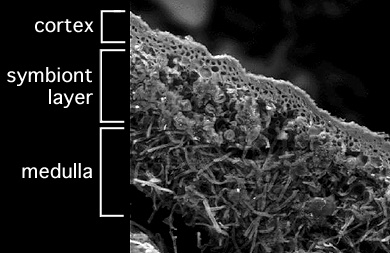National Science Foundation – Ecosystems. Causes and implications of dry season control of tropical wet forest tree growth at very high water levels: direct vs. indirect limitations (CARBONO - VERANO project).
National Science Foundation – Polar Programs. Arctic Observing Networks: Collaborative Research: Sustaining and amplifying the ITEX AON through automation and increased interdisciplinarity of observations (AON)
NSF-Arctic Natural Sciences. Collaborative Research; cold-season gas exchange of arctic plants - resolving winter carbon and water balances of Alaskan arctic tundra (Coldseason project).
NSF -IPY Arctic Observing Networks Study of Arctic ecosystem changes in the IPY using the International Tundra Experiment. (ITEX-IPY)
DOE-NICCR. Response of carbon dioxide, water, and energy exchange of peat and marl wetlands in the Florida Everglades to changes in hydroperiod (Evergladesflux).
NSF-Biocomplexity. Biocomplexity Associated with the Response of Tundra Carbon Balance to Warming and Drying Across Multiple Scales. Barrowbiocomplexity (this project has sunsetted). Effects of increased season length on plant phenology, community composition, productivity, and ecosystem carbon fluxes in Alaskan tundra Season project (this project has sunsetted)
Carbon stockes and fluxes in a tropical rain forest in Costa Rica Carbono project
NSF- Integrated carbon program. Understanding interannual NEE variability in a tropical rain forest using constrained estimates of carbon exchange. S.F. Oberbauer, D.A. Clark, M. Ryan, D.B. Clark. Carbono-Towers
National Science Foundation - Biocomplexity of the Environment Coupled Biogeochemical Cycles. Complex interactions among water, nutrients and carbon stocks and fluxes across a natural fertility gradient in tropical rain forest. (CICLOS PROJECT).
 Photo from University of California Berkeley's Museum of Paleontology.
Photo from University of California Berkeley's Museum of Paleontology.